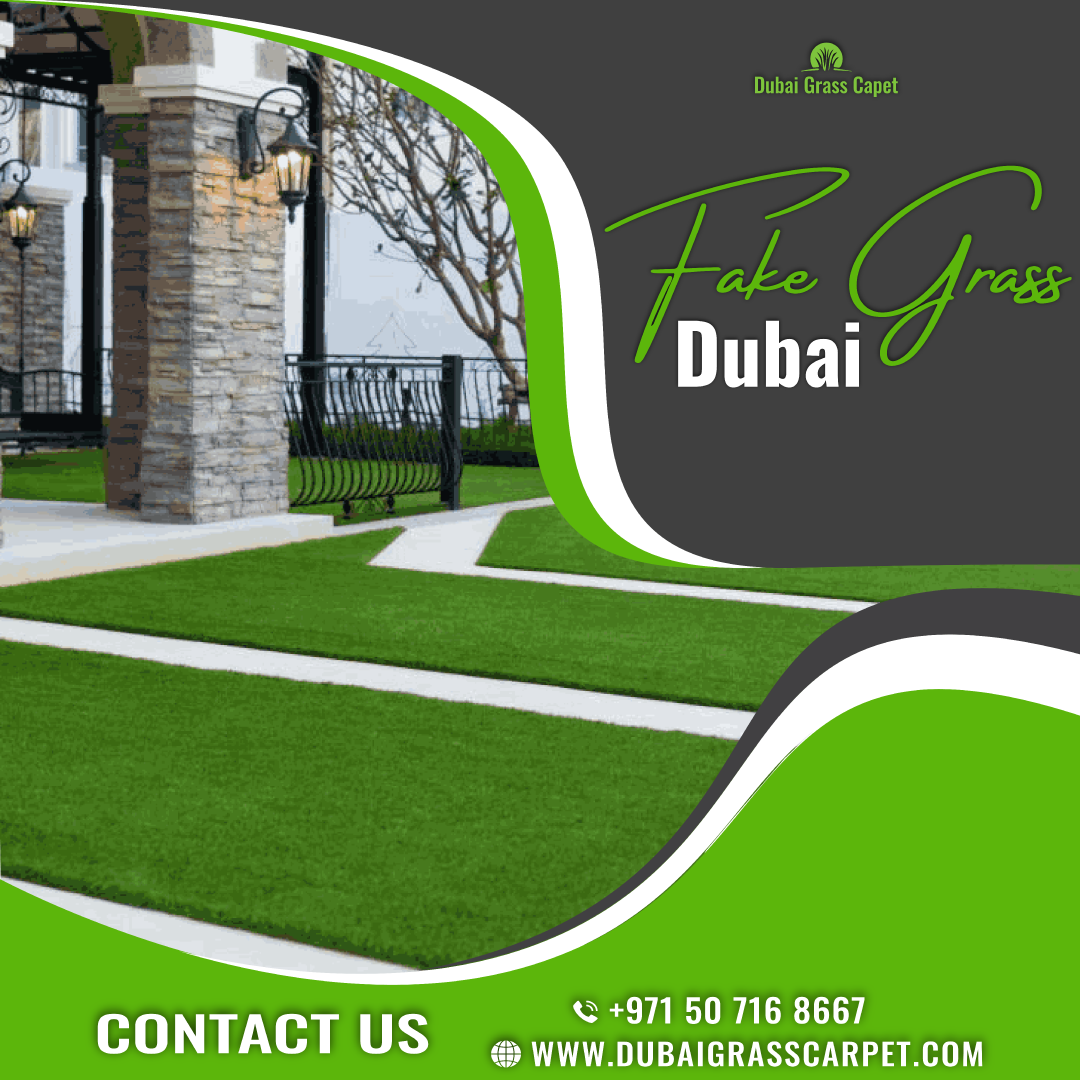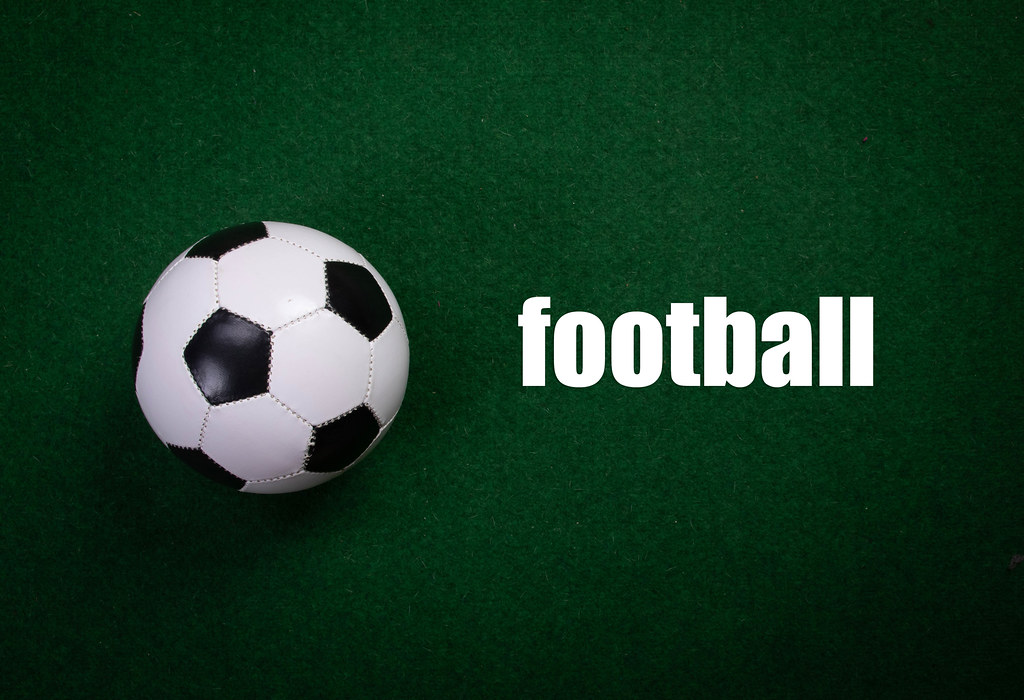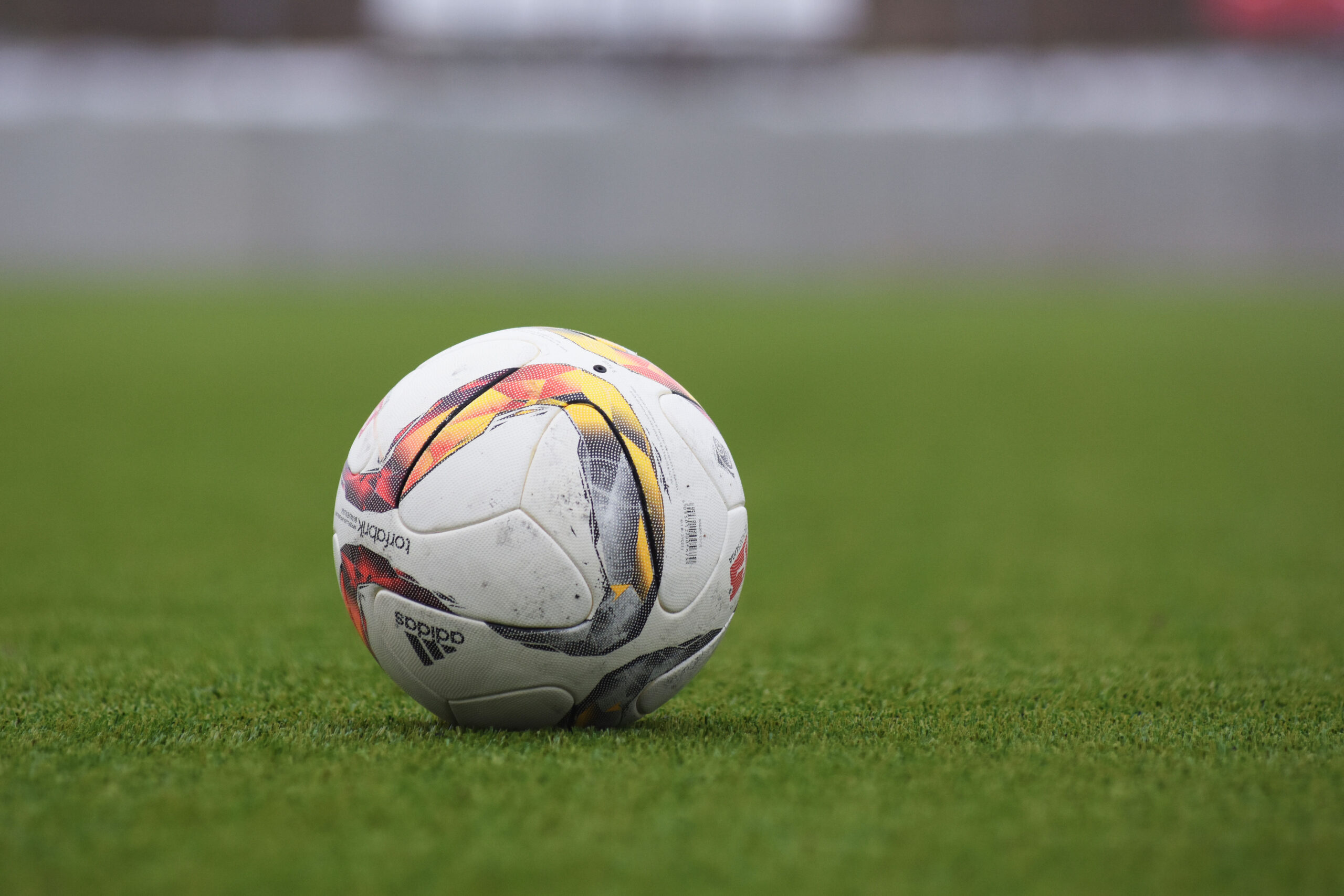What Is The Difference Between Artificial Grass And Turf? Unveiled
Artificial grass and turf refer to synthetic surfaces, but their uses differ. Turf generally denotes the type used for sports fields, while artificial grass mimics residential lawns.
Choosing the right synthetic surface for your space hinges on knowing the distinction between artificial grass and turf. Artificial grass is specifically designed to recreate the look and feel of a natural lawn, with longer blades to achieve a lush, lifelike appearance.
On the other hand, artificial turf, often used in sporting contexts, has shorter, denser fibers for durability and ease of maintenance under high-traffic conditions. Both offer low maintenance alternatives to real grass, but the final decision should align with the intended use—be it enhancing a home garden or equipping a sports arena.
Artificial Grass Vs. Turf: A Primer
Artificial grass and turf often confuse many. Both come from synthetic materials. Artificial grass, also called synthetic lawn, mimics real grass. It is used in gardens and balconies for a natural look. Turf, on the other hand, is built for sports fields.
Let’s dive into history. Synthetic surfaces started in the 1960s. They have evolved a lot since then. The first big name was AstroTurf. This was used in the Astrodome in Houston, Texas. Indeed, the technology for both has come very far!
Material Matters: Composition And Design
Artificial grass and turf make outdoor spaces look fresh. Artificial grass is made of synthetic fibers that mimic real grass blades. These fibers are usually made from materials like polyethylene or nylon. The grass stays green, needs no water, and is easy to maintain.
Turf may refer to artificial grass or a sports surface. Artificial turf often uses a blend of different fiber materials for durability. The design of turf is for more challenging conditions like sports fields.
| Fiber Type | Uses |
|---|---|
| Polyethylene | Landscaping, yards |
| Nylon | Sports fields, high-traffic areas |
The backing material supports the fibers. The infill gives a soft feel and keeps blades standing up. Infill varies in material like sand, rubber, or thermoplastic pellets.
The Functional Perspective: Usage And Application
Artificial grass brings a touch of green elegance to homes and businesses. For those seeking an evergreen landscape, it is the go-to solution. This faux grass is ideal for yards, gardens, and patios, where maintenance is often a hassle. Its use also extends to rooftop gardens and indoor spaces, where real grass could never thrive.
On the other hand, turf mostly covers sports fields, such as football and soccer arenas. It is engineered to withstand rough play and provides consistent performance under all weather conditions. Turf is the top choice for athletes and sports facility managers due to its durability and lower injury risk.

Credit: www.artificialturfexpress.com
Durability And Maintenance: The Long-term Outlook
Artificial grass and turf stay tough under sun, rain, and snow. Synthetics resist weather damage better. Natural turf needs more care after heavy weather.
Synthetic options need little upkeep. No mowing, watering, or fertilizers. Cleaning is as simple as a quick rinse or brush.
Financial Aspects: Cost And Value Proposition
The initial investment for artificial grass installation varies. It depends on quality, size, and labor costs. Prices may be higher than natural turf upfront. Yet, long-term savings make it cost-efficient. Artificial turf requires minimal maintenance and no watering. No fertilizers or mowing saves time and money. Over the years, costs for caring for natural grass add up.
Artificial grass remains pristine without ongoing expenses. Thus, it presents a valuable proposition for budget-conscious homeowners. Longevity and durability factors into the overall value. This makes it a smart option for long-term financial planning.

Credit: www.turfdistributors.com

Credit: medium.com
Conclusion
Understanding the differences between artificial grass and turf shapes your selection process for outdoor surfaces. Artificial grass offers a lush, aesthetic appeal and low maintenance, ideal for residential landscapes. Contrarily, turf is designed for high-intensity sports activities, providing durability and consistent performance.
Both have unique benefits suited to varied needs, ensuring that no matter your choice, there’s a synthetic option to enhance your space efficiently and sustainably. Choose wisely to best match your lifestyle and usage requirements.


